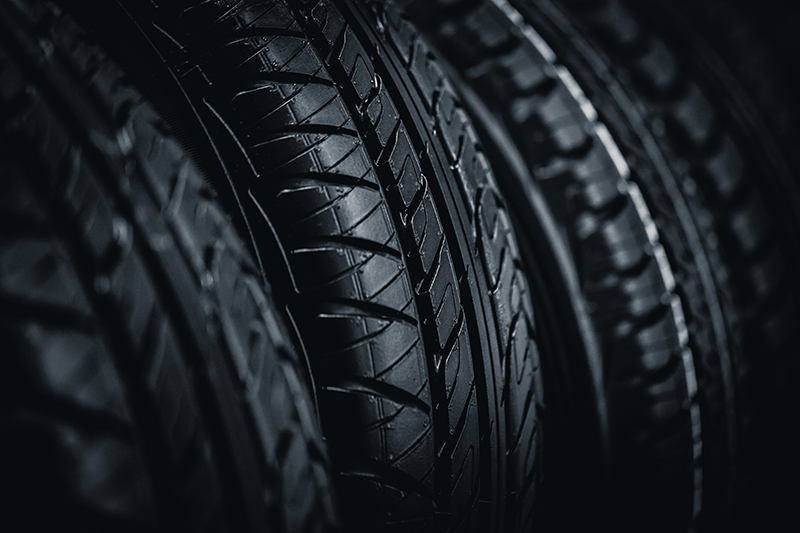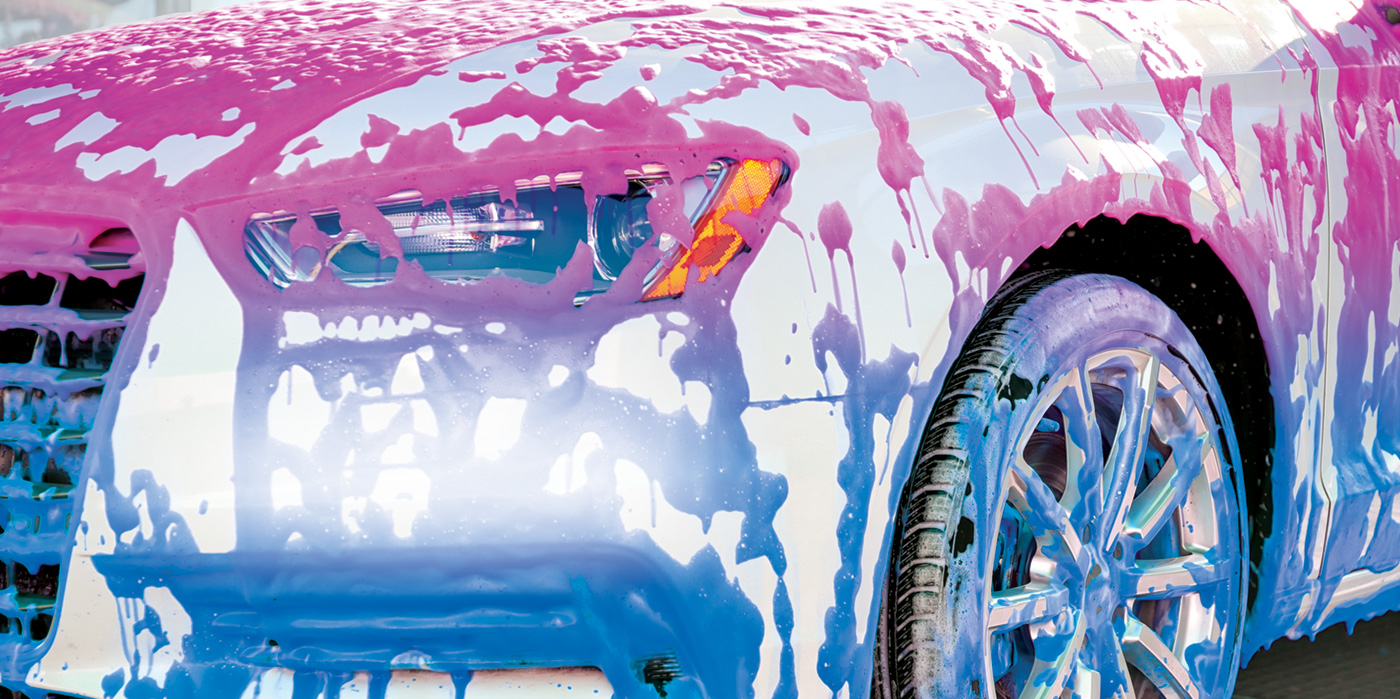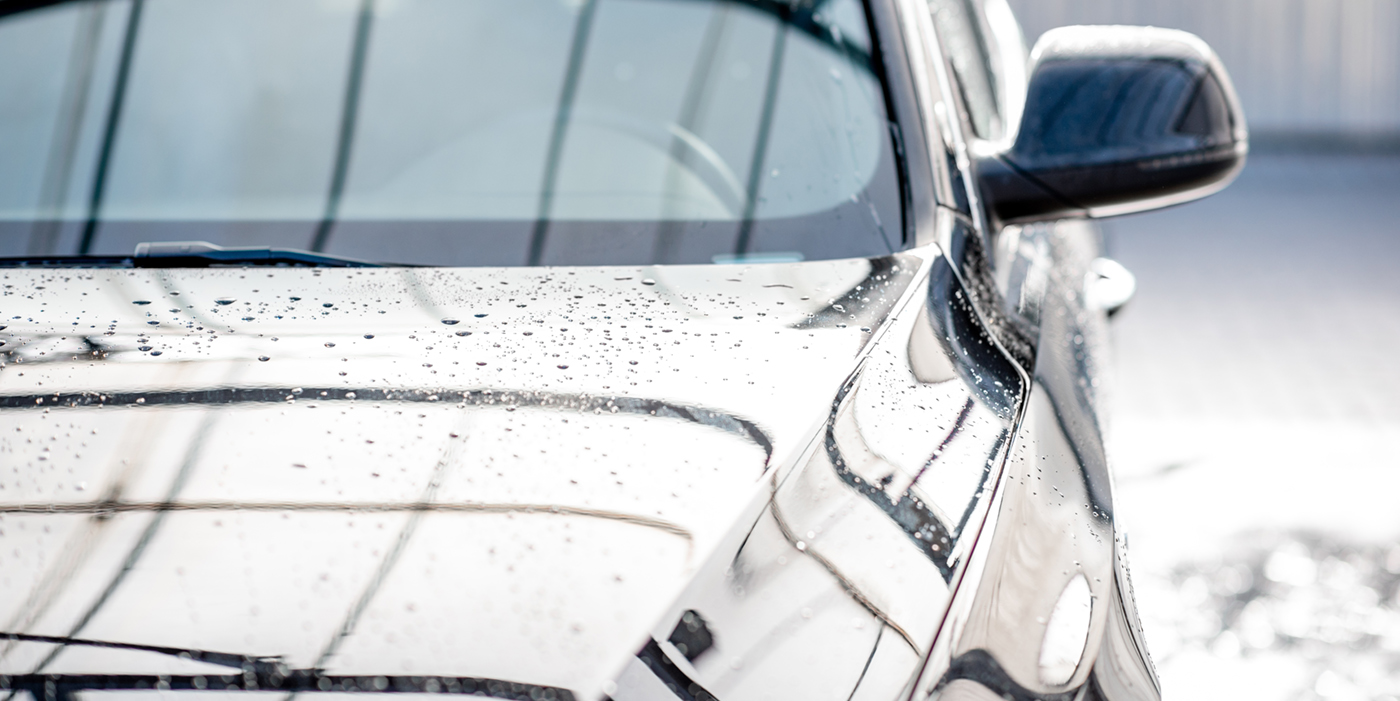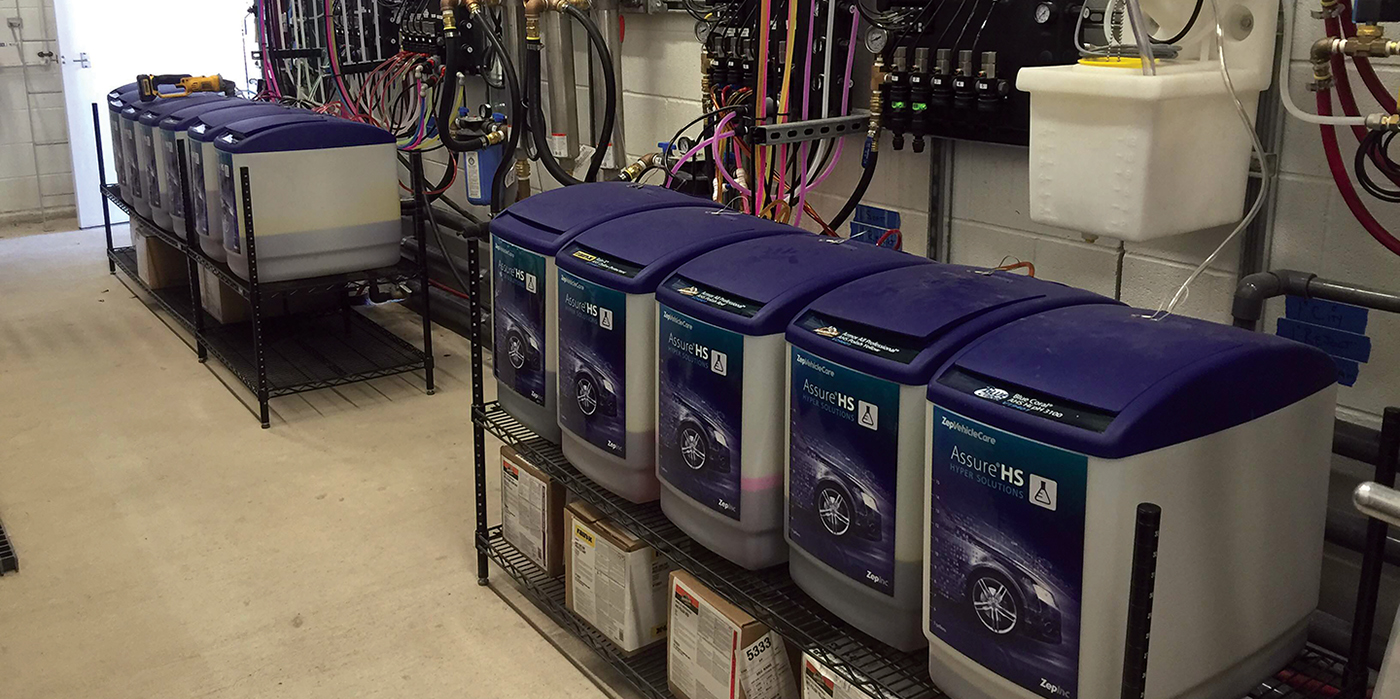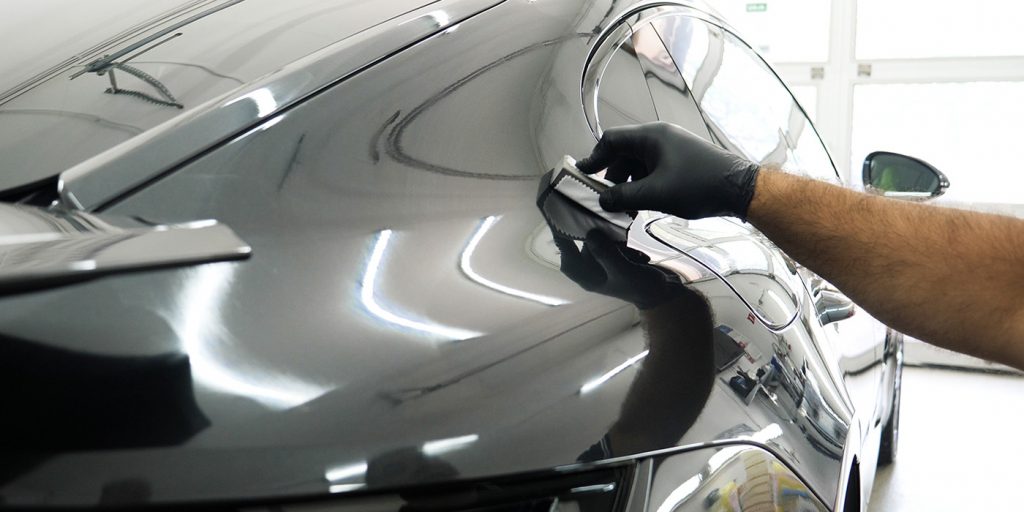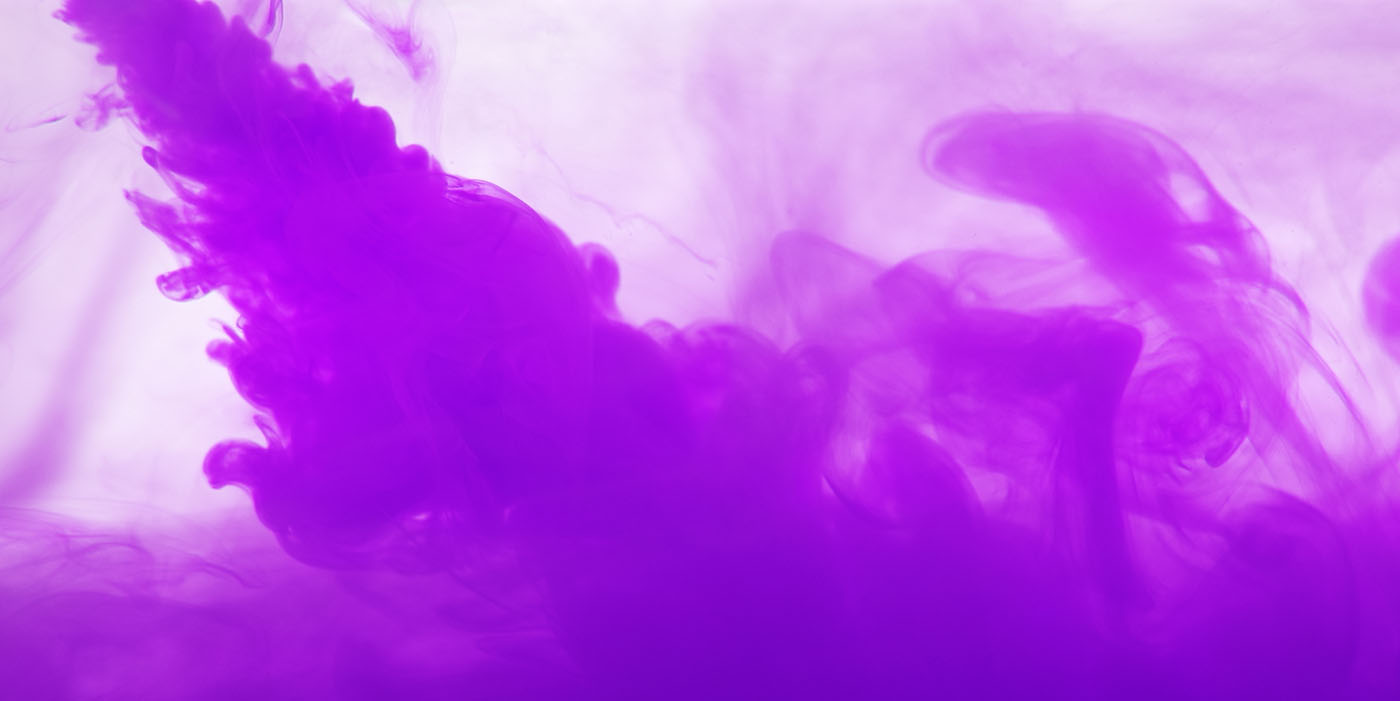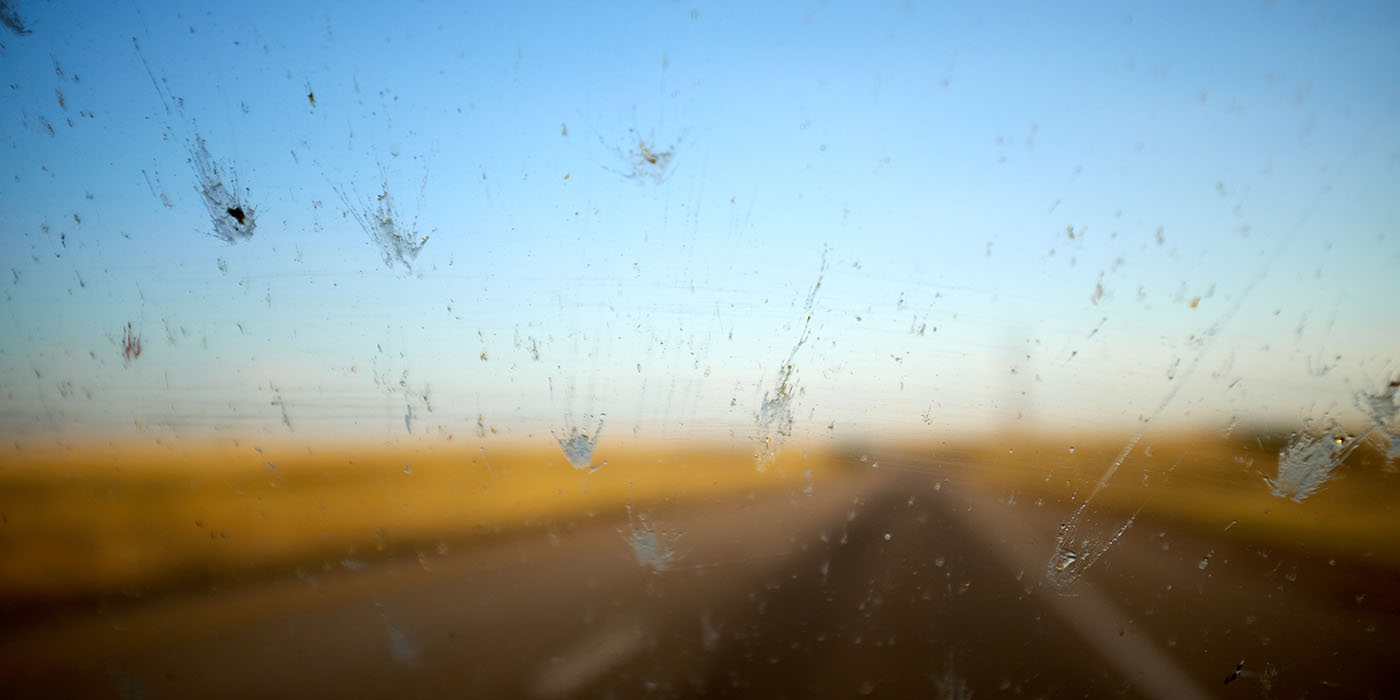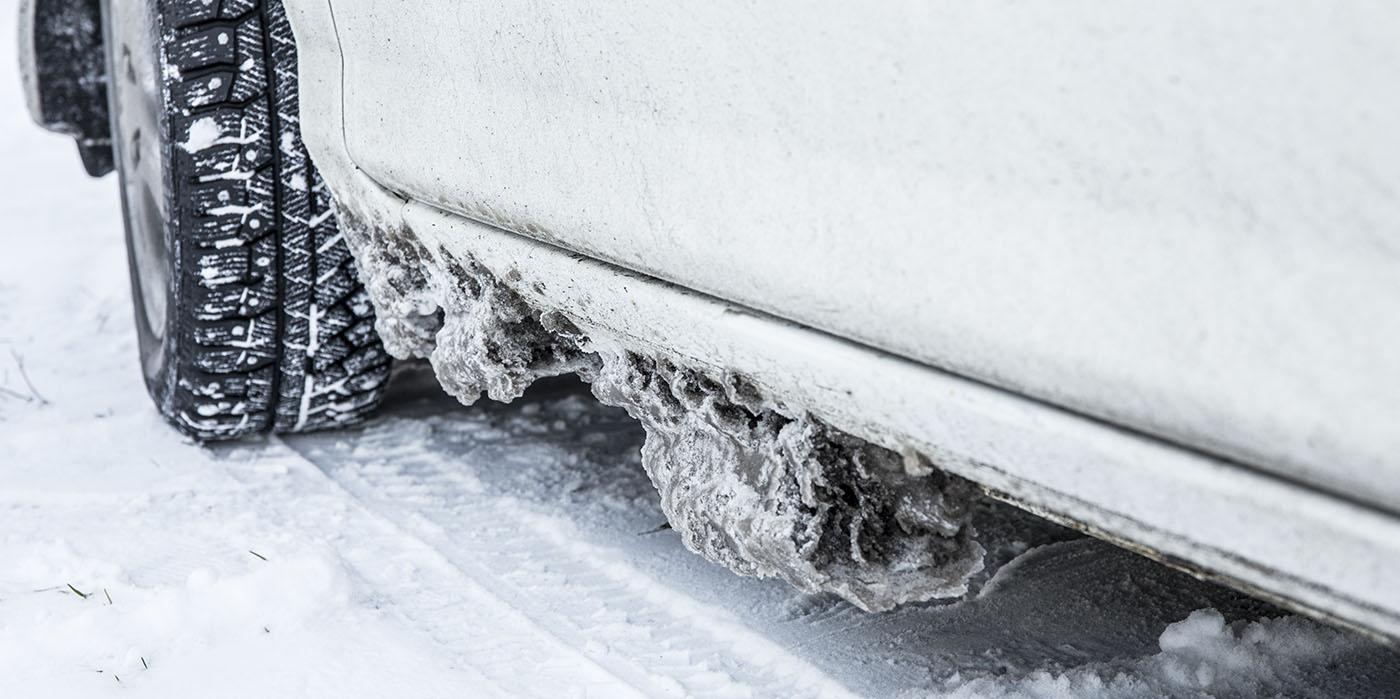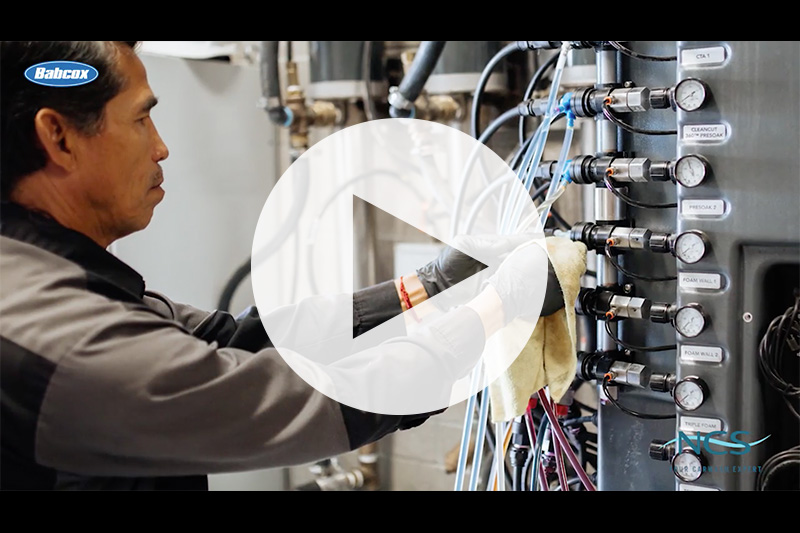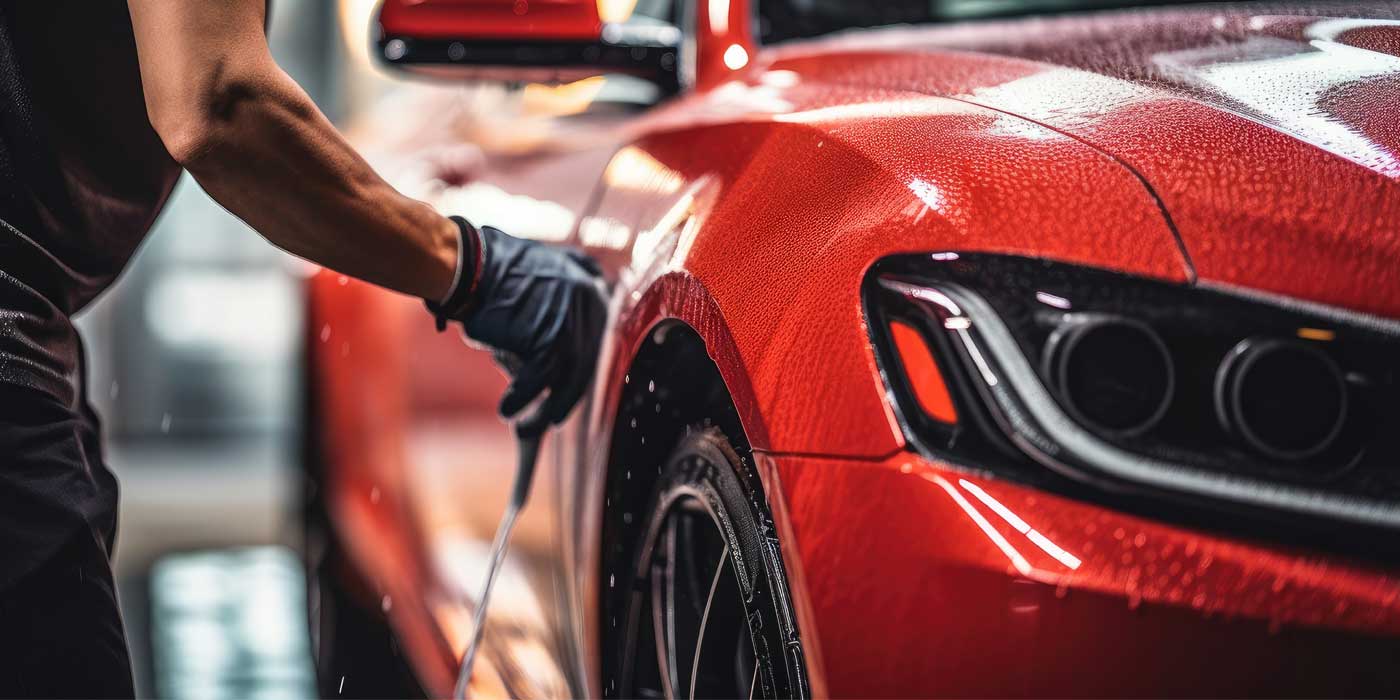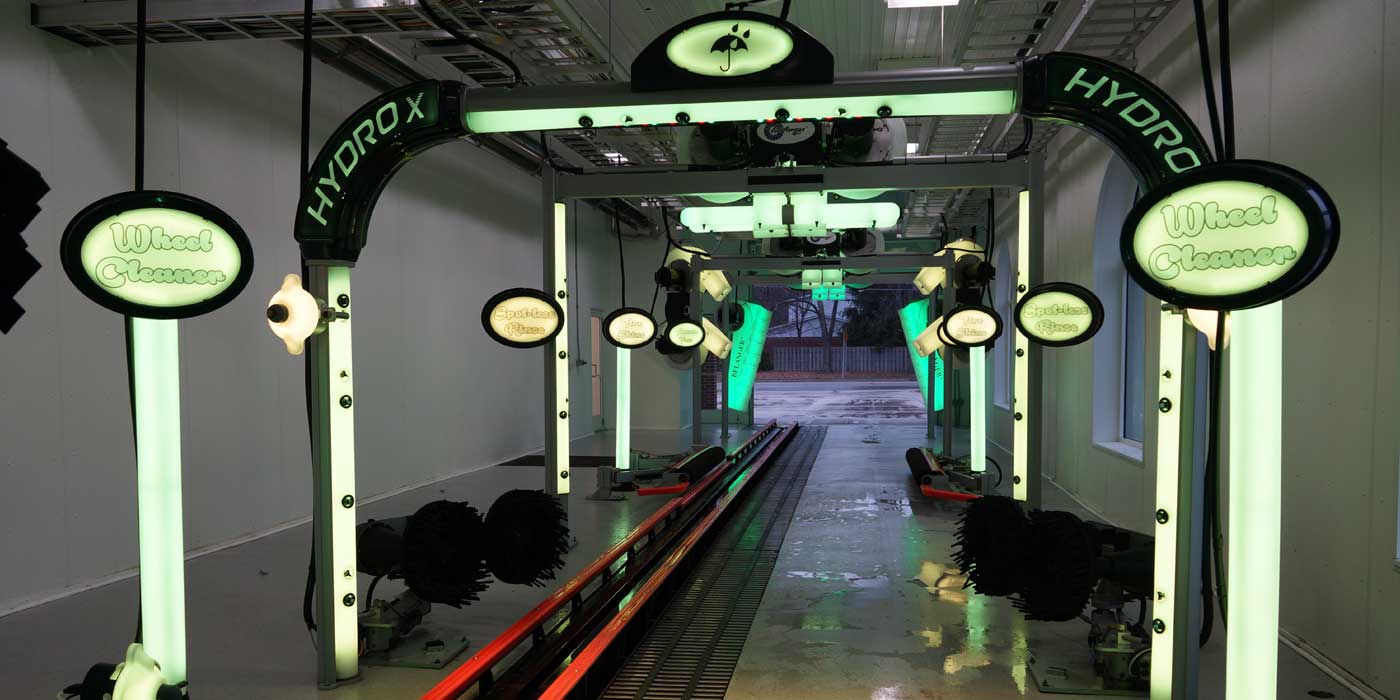Dry vehicle surfaces; gleaming, spot-free paint; clean glass; and shiny tires — many customers bring a checklist of must-have outcomes when they arrive at a carwash location. Meeting these hefty expectations may be a challenge, especially on a wash’s busiest days. Even so, fine-tuning equipment performance and ensuring proper chemical application are important places to start when optimizing wash results.
Thankfully, tire shine applicators and chemistry have proven their worth when it comes to both sales and popularity. For owners still paying labor costs for spray-and-wipe application or for washes interested in a tire shine upgrade, there is plenty of information to digest. Let’s review the best equipment upkeep steps and technical considerations involving modern tire shine options to maximize the earning potential of this popular value-added service.
A frequent complaint
If automated carwash tunnels can be said to have a recognized Achilles’ heel, one candidate would typically be tire shine application. According to David Zuiderveen with Viper Shine Inc., owners and operators across the country have presoak, foaming body soap, drying agent and carnauba wax applications all dialed in. Often, the biggest remaining issue is proper tire shine function.
“If operators don’t have the correct product running through correctly set equipment, it can be a constant struggle,” Zuiderveen continues. “It can be an area where their customers are extremely dissatisfied.”
The number one complaint with tire shine application — no question about it — is splatter on the side of vehicles and on rims, Zuiderveen says. In fact, it might be the number one most frequent complaint from customers who are unhappy with wash results. Thus, maintaining tire shine equipment properly with the most effective settings and utilizing a product that reduces the splatter on the side of tires and vehicles is imperative.
Proper application
In an example Zuiderveen provides, the tire shine product requires about 0.8 to 0.9 ounces to be applied per vehicle. In this instance, a small amount of product goes a long way. With a high-function applicator, the product is applied directly to the rubber and kept completely out of the tire’s rim. The desired outcome should be a good, glossy shine on tires without chemistry splatters on any other vehicle surfaces.
To meet this goal, operators ideally can call on computer systems or controllers to complete an important step, Zuiderveen notes. Using the controllers, carwashes can set pumps to provide half the tire shine dose for the front tire as it enters the brush and then half the dose for the back tire as it enters the brush. This ensures that equal amounts of tire shine are applied on both the front and back tires.
Problems can arise when a solenoid opens and calls for tire shine only once per vehicle or every other vehicle. Here, the front tire “chews up” a lot of tire shine chemical, resulting in excess tire shine on the front tires and possibly the rims. Excessive amounts of tire shine waste have the potential to further encourage splattering on the sides of customers’ cars.
“If you are able, set your pump to open for a half a second for the front tires, and within 5 to 8 feet open up for another half a second,” Zuiderveen recommends. “You’ve put 1 ounce on — a half ounce in the front and a half ounce in the back. You’ve evenly distributed the tire shine across that applicator.”
Equipment upkeep
When it comes to regular upkeep, make sure that the tire shine equipment’s manifold and cover remain clean and free of debris. Zuiderveen suggests that an operator also make sure that the manifold is not compromised by dryer turbulence. Another integral maintenance step is to avoid utilizing a tire shine product that gums up the manifold over time.
Zuiderveen notes that a regular inspection is also needed to make sure the manifold has not been tipped or tilted. The equipment uses a small amount of pressure in a short period of time, so the product will follow the path of least resistance.
If the manifold on a tire shine applicator is tilted, tipped or bent, it will push all the product to the lowest side of the manifold. This will result in an overabundance of tire shine in one area of the applicator and zero tire shine on the other side of the applicator.
Again, manifold maintenance is important, as is care for the equipment covers. Managers and owners must make sure the covers do not have foreign objects in them. “I’ve had tire shiners that have side mirrors jammed in them, baggies wrapped up in them and all sorts of things,” Zuiderveen says. By inspecting and caring for equipment, operators can make sure that the needed product is reaching the manifold and brush in an even and consistent way.
Product flow and pressure
When the equipment is operating, operators should ensure that the tire shine product is consistently flowing to the applicator. Zuiderveen notes that there are many different chemistry products available for tire shine applications, and they are not all created equally. Cheap products can clog up manifolds and allow no tire shine chemistry to reach the application brush. A carwash will be left with dissatisfied customers who paid an upcharge or who bought a top package but did not receive the tire shine for which they paid.
Extension pressure for the equipment is another factor for consideration. The extension pressure on a brush applicator needs to be set at a point where it does not jam or smash the brush into the rim of the tires, Zuiderveen states. So, if the extension pressure is set at too high of a PSI, when the tire shine brushes extend, that brush will cover the tire but will also jam the bristles holding tire shine into a rim. This is problematic because, again, it can cause splatter on the side of cars. If the tire shine brush has picked up dirt and grime over time, it can push that material into the rim as well. This will make the vehicle rims look dirty.
“You have to have the applicator extension pressure set so it gently brushes the tire shine on the tire only,” Zuiderveen says. “If you can take a quality tire shine product, put it on a brush and put it on a tire — rubber and not on the rim — you will consistently put out phenomenal tires.”
Chemistry concerns
Traditionally, tire shine chemicals were a blended solvent-based product, Zuiderveen notes. This option created a wet look. That said, there are states like California, New York and New Jersey that have volatile organic compounds (VOC) restrictions. Those VOC restrictions apply to carwash products, and one of the highest VOC products in a carwash was the solvent-based tire shine.
Related: Solvent-based vs. water-based tire dressings
In addition, for insurance or environmental health and safety purposes, it should be noted that solvent-based tire shines are flammable, Zuiderveen continues. With the tunnel heaters and hot chemical storage rooms, having flammable tire shine chemistry on-site is always a risk.
As the car care industry progressed, there was a need for the development of products that could put out a high-gloss tire shine without the solvent content, according to Zuiderveen. There has been an effort to develop tire shines that are water-based in nature but still provide a great, high-gloss shine. Many also address the chemistry traits that often led to solvent-based products splattering onto the sides of customers’ vehicles.
The older solvent-based tire shines also attacked and degraded rubber by nature. The new hybrid, water-based products do not affect rubber, Zuiderveen states. Not only does the new generation of chemistry not include the harsh solvents, but some products also have an affinity for rubber. These tire shines will bond to rubber, but they do not have an affinity for metal. This means they can be removed easily from metal surfaces.
Marketing the service
Tire shine is typically an added value service, and it is an upcharge service. Zuiderveen sees tire shine generally offered in two ways at carwashes: à la carte or as part of top wash packages. The price for tire shine à la carte ranges across the country and is different in each market.
For the packages, tire shine is generally in the top two packages offered, if a carwash has five packages, for example.
There are marketing materials and signage provided by manufacturers that can promote the available tire shine service on the wash property. The marketing items let visiting customers know the advantages offered and further promote tire shine as part of a wash’s top packages, Zuiderveen notes. As always, the idea is to encourage customers to pay for the platinum or gold top wash packages.
Thankfully, the popularity of tire shine services is as strong as ever.
“There are markets around the country where tire shine is a big deal for customers,” Zuiderveen concludes. “If it’s a more rural market — if there’s fewer paved roads — it might not be a hot ticket item. But in many markets, it is a big deal.”
Charles Brady is a freelance contributor.

